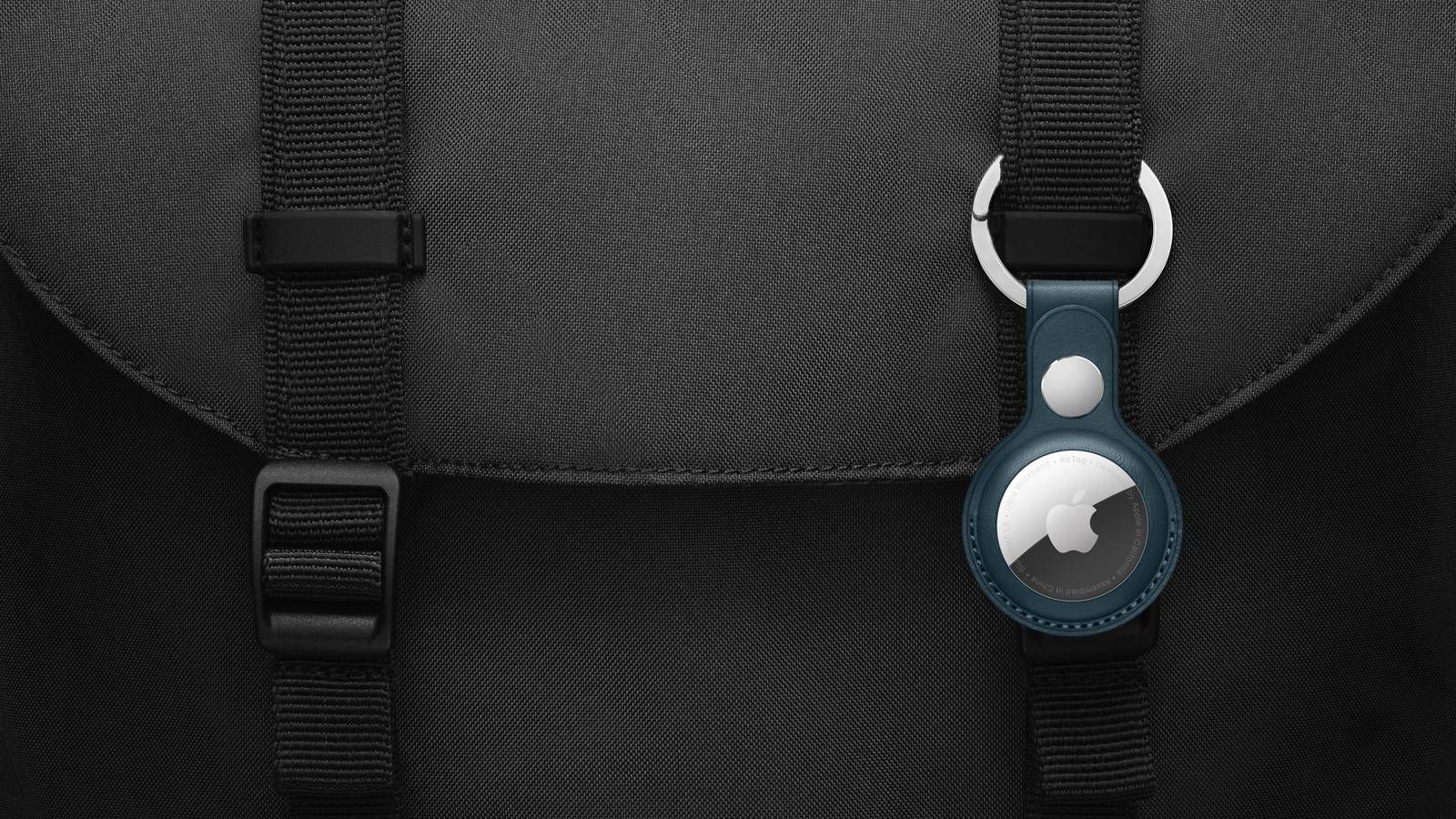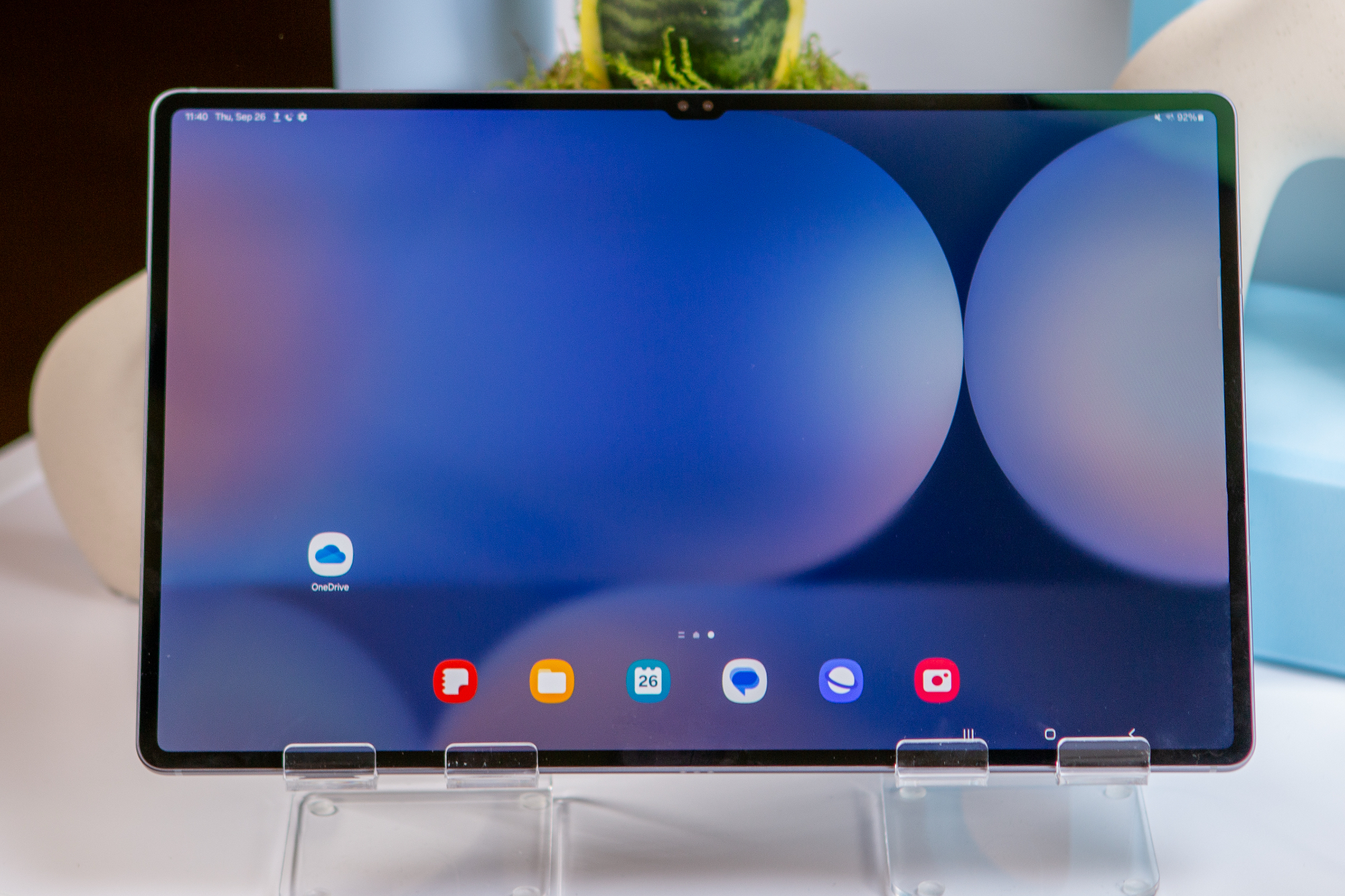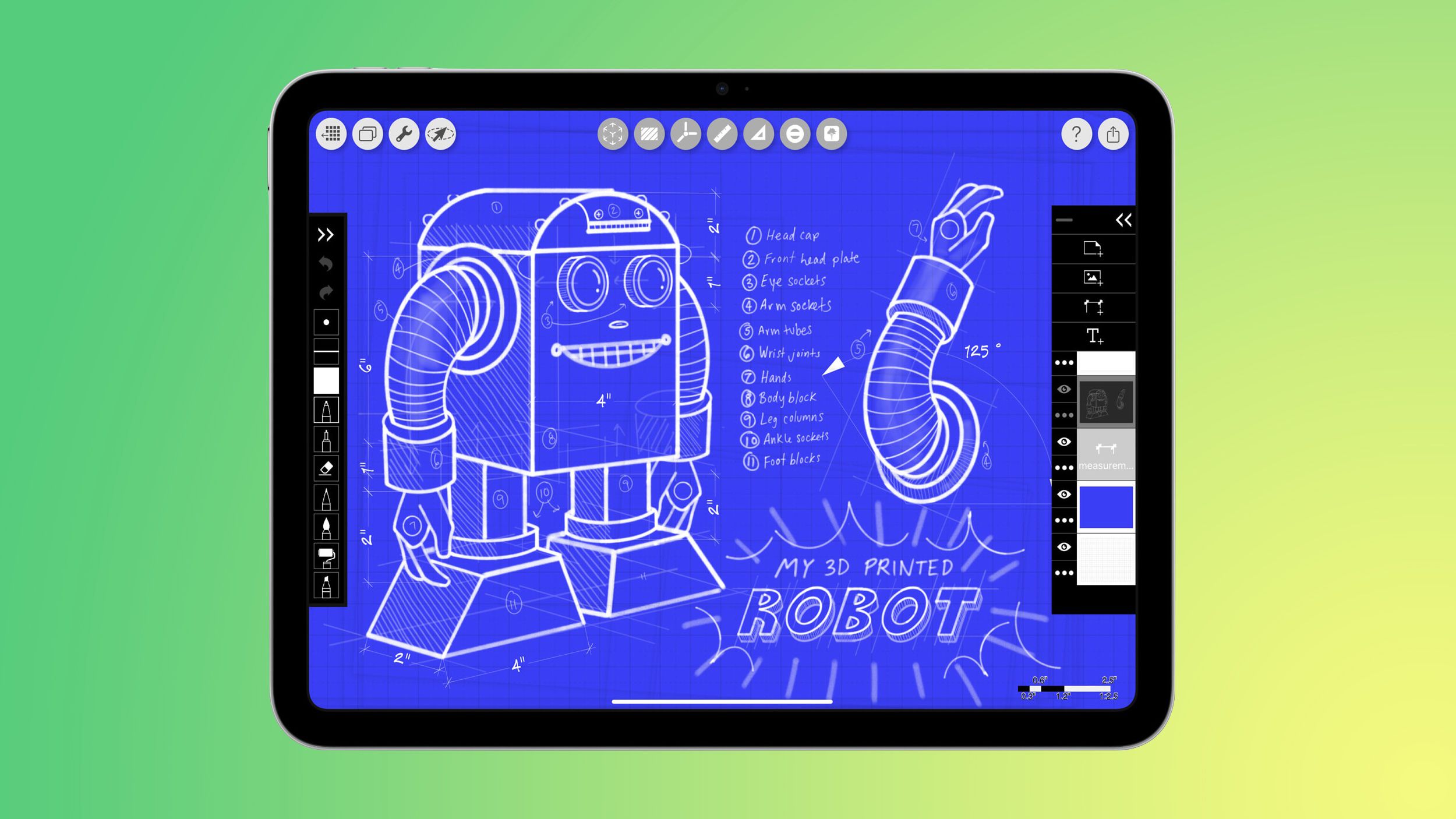Mercedes-Benz Unveils Vision V Concept: A Luxurious Electric Lounge on Wheels

As night envelops the vibrant city of Shanghai, a striking monovolume stands out on the show floor, radiating a captivating glow. This eye-catching illumination is a deliberate design choice by Mercedes-Benz, which has ventured into a new segment with its latest innovation: the Vision V concept. This electric vehicle merges the elegance of a limousine with the versatility of a multipurpose automobile, all while avoiding common clichs associated with such designs. Built on the upcoming Van Electric Architecture, the Vision V showcases not only stunning aesthetics but also a wealth of luxurious features that are sure to impress.
Upon entering the Vision V, occupants are greeted by an opulent interior that boasts a retractable cinema screen and a remarkable Dolby Atmos sound system featuring forty-two speakers. This setup invites families, business executives, and gaming enthusiasts alike to indulge in evenings spent parked beside Shanghais picturesque Huangpu River, enjoying movies projected onto the expansive glass expanse of the vehicle. The Vision V effectively demonstrates that ample space can indeed offer a sense of tranquility, especially when its configuration feels meticulously curated rather than merely arranged.
Leading the design efforts for this extraordinary vehicle, Karsten Riis Jensen, Mercedes-Benz's design chief, describes the show car as a space of clarity. This description perfectly fits the Vision V's interior, where every materialfrom polished aluminum seat bases to burr-wood display cabinetsconveys a narrative akin to that of a finely edited magazine. The design intentionally unifies the cockpit and the rear lounge, creating a seamless transition from driver-focused ergonomics to passenger-oriented indulgence. The result is a striking departure from the classic G-Class, yet the iconic three-pointed star remains a guiding beacon even in the dark.
The Vision Vs exterior is sculpted and low-profile, setting it apart from typical vans. Its hunkered stance is accentuated by a short front overhang, which features twin power domes that harken back to Mercedes storied sports car heritage while simultaneously directing airflow across the windshield. A narrow waistline extends along the body before gracefully tapering into a rounded rear, producing a smooth S-curve reminiscent of a luxury yacht rather than a conventional shuttle. The sides of the Vision V are mostly uninterrupted, allowing city lights to reflect along the vehicles surface without any visual distractions.
Elegance permeates the design details, with chrome window trims and polished B-pillar edges adding sophistication without veering into ostentatious territory. Concealed door handles maintain the clean lines of the body, and a single portal door on the passenger side slides open wide, revealing a powered running board that illuminates the ground, ensuring a refined entry for passengers.
At the front, the Vision V features three horizontal glass louvres that radiate warmth within a chrome grille. Surrounding this opening are nearly 200 LED-filled louvres that create an engaging light display. When the vehicle's keyholder approaches, these louvres elegantly ripple outward in a choreographed dance before the iconic bonnet star glows with full intensity. This theatrical lighting not only serves as a visual spectacle but also doubles as animated cornering indicators.
The Vision V is outfitted with impressive twenty-four-inch wheels, each adorned with translucent inserts that pulse in time with the front grille's light patterns. These wheels are meticulously designed to provide cooling airflow to the brakes while maintaining a seamless appearance.
Mercedes-Benz has chosen a distinctive finish for the Vision V, known as Anthracite Alubeam. This liquid metal hue appears as a deep graphite shade when inside but radiates silver flakes when viewed in sunlight. This unique paint allows the LED louvres encircling the rear windowtotaling four hundred fiftyto glow like a continuous horizon line after darkness falls. These louvres also serve as tail and brake lights, eliminating the need for conventional lamp housings and ensuring a clean rear window design that prominently features the central star emblem.
Innovatively, the roof of the Vision V accommodates photovoltaic panels concealed beneath tinted glass. While Mercedes has not disclosed specific power output figures, they suggest that these solar cells can recharge auxiliary batteries, enabling the cinema screen and projectors to operate even while the vehicle is stationary.
Aerodynamics play a vital role in the Vision V's design, as it is built on the upcoming VAN.EA platform, which aims for long-range performance. Features such as underbody trays, flush glazing, and a tapered roofline work together to achieve an impressive drag coefficient, although specific figures remain undisclosed. Whats clear is that the silhouette exudes a sense of calm confidence without sacrificing efficiency.
Stepping onto the illuminated running board, one immediately feels the difference as the flooring resembles a high-end residence, with wide planks interspersed with narrow glass fins that can switch from opaque to transparent at will. Once the doors are shut, a 65-inch 4K cinema screen emerges, creating a setting where two occupants can enjoy content large enough to obscure the view of the cockpitan intentional design choice aimed at cultivating what Mercedes describes as the Private Lounge.
The seating is reminiscent of mid-century modern daybeds, updated to suit contemporary tastes. Tubular cushions form both backrests and leg rests, secured by bright aluminum loops. These modules can recline flat, transforming into a makeshift bed without any uncomfortable joints. Features such as massage functions, heating, and full ergonomic adjustments are easily controlled via capacitive touch switches embedded in the elegantly crafted armrest inlays.
The materials in the Vision V strike a delicate balance between craftsmanship and state-of-the-art technology. Luxurious crystal-white Nappa leather pairs seamlessly with shimmering silk, creating a tactile experience that is both sumptuous and refined. Open-pore burr wood frames the interior, with glass display cabinets designed to store personal items like handbags or sunglasses. A racing-game controller is even provided, ready for use during the designated Gaming mode on the central screen.
Strategically hidden throughout the cabin are forty-two speakers, including exciters integrated into the seat leather, allowing bass sounds to envelop passengers in a rich auditory experience. Unique glass housings extend from the side panels, showcasing the speakers like artistic installations. Additionally, seven projectors are mounted on the ceiling and floor, turning the side windows into digital canvases that can either stream films or display navigation information, providing a 360-degree visual journey.
The Vision V integrates seven distinct experiential modes that enhance the travel experience. The Entertainment mode is tailored for cinematic nights, while the Relax mode projects soothing landscapes across the windows. The Work mode transforms the screen into a functional desktop for managing calendars and video calls, and Shopping mode conjures virtual storefronts for retail therapy. Discovery mode overlays augmented reality onto real-world views, and Gaming mode invites occupants to utilize the provided controller for racing games. Finally, the Karaoke mode allows passengers to showcase their vocal talents during road trips.
Additionally, the concept incorporates olfactory experiences; a milled aluminum capsule situated behind the center console emits carefully curated scents, timed to synchronize with ambient lighting that transitions from cool blue to warm amber as the music shifts.
The center console itself is ingeniously designed to glide forward and backward in tandem with the movement of the seats. By simply pressing the leather-wrapped touchpad, the top of the console opens to reveal a real chessboard inlaid with dark walnutan homage to leisurely travel, even within this technologically advanced environment.
For those seated at the front, the focus shifts to the Superscreen, a cohesive array of three displays seamlessly integrated behind a single pane of glass that extends across the entire dashboard. Real-time graphics are harmonized with navigation data and driver-assist sensors, offering a dynamic map that reflects actual traffic conditions rather than static icons. The steering wheel features a perfectly circular design, trimmed in white leather, skillfully merging touch controls with traditional design elements.
At the core of the Vision V is the VAN.EA platform, an innovative scalable electric architecture set to debut in production models by 2026. This platform will feature various body styles, but the Vision V highlights the premium version, where the battery configuration extends the wheelbase, thereby maximizing cabin space before calculating cargo capacity. Modular battery packs will allow future owners to customize their desired range, and the architecture is engineered for rapid charging compatibility.
In conclusion, the Vision V emerges at a time when electric luxury vehicles often lean toward SUV dominance. Instead, Mercedes-Benz reimagines the concept of a mobile social gathering space, enveloping it in serene aerodynamics while infusing it with digital possibilities. If the production version retains even half of the dramatic lighting and all the seating innovations showcased, future long-distance travel could transition from mundane to a luxurious experience akin to residing in a boutique hotel suite on wheels. Families may utilize the expansive 65-inch screen for animated film nights, executives might opt for Work mode to analyze spreadsheets, and teenagers will undoubtedly seize the opportunity for karaoke during midnight excursions. Regardless of the occasion, the Vision V concept proposes that the future of Mercedes vans will redefine the notion of time spent on the road, transforming it into a cherished experience rather than a mere passage of time.




























